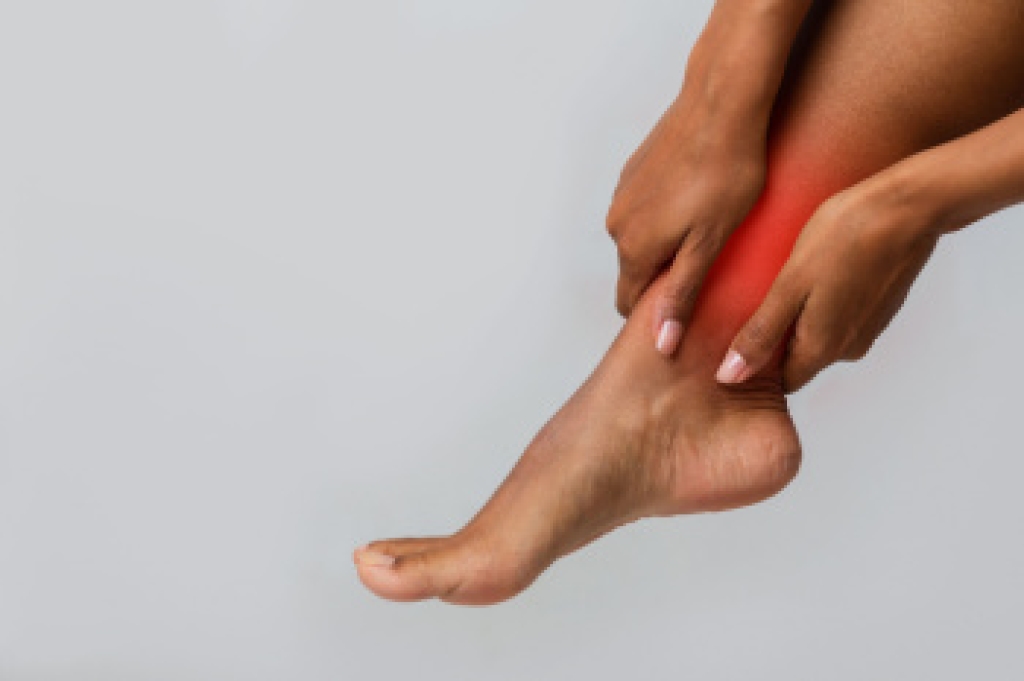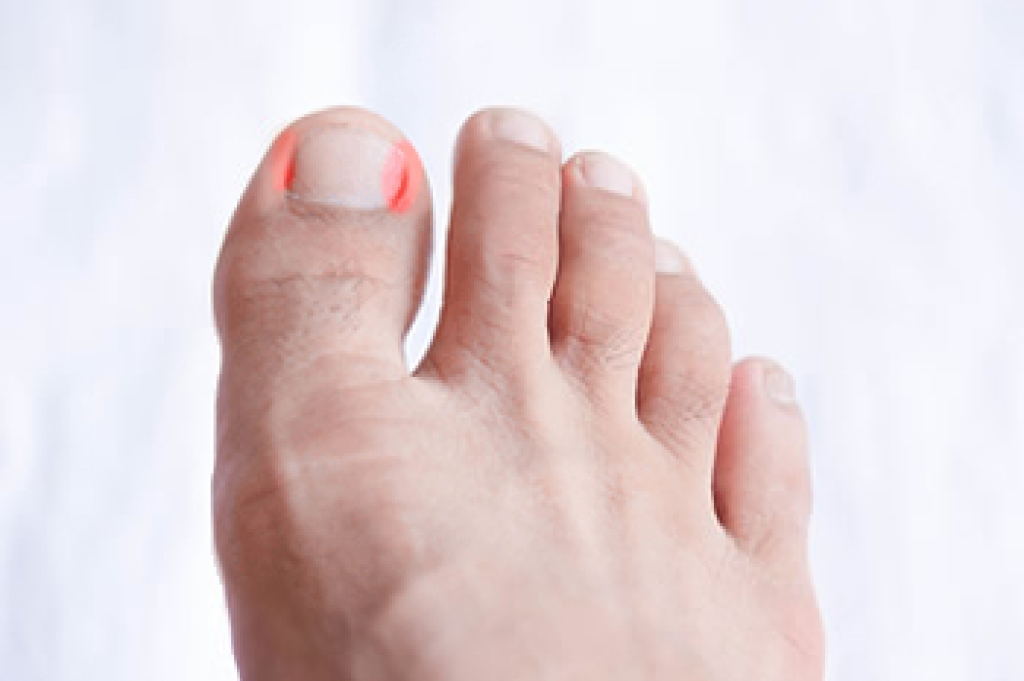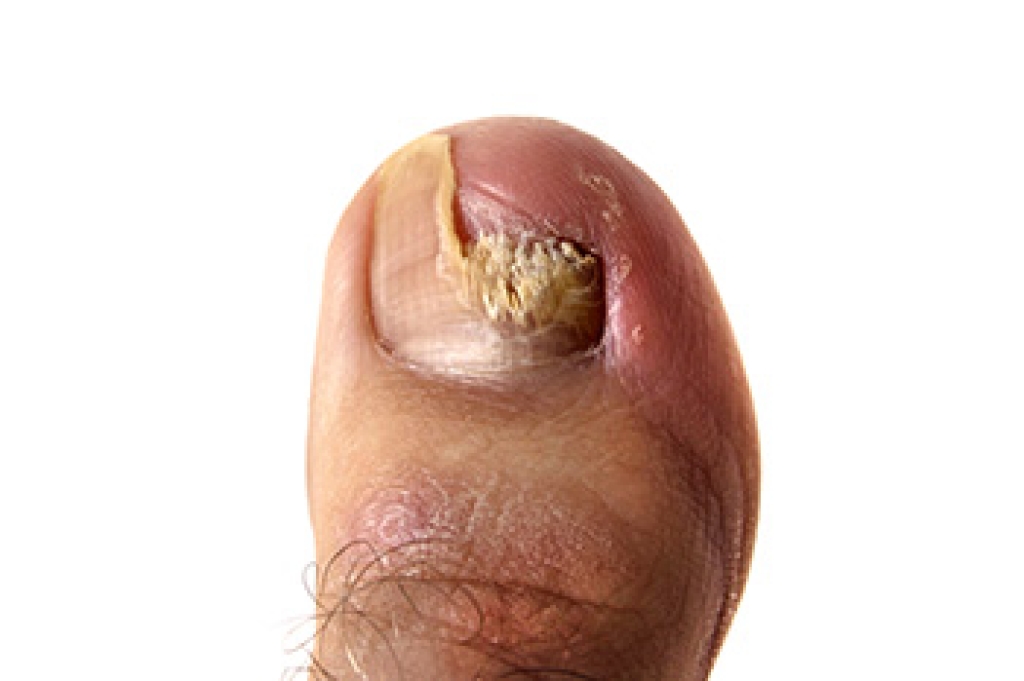
Ankle pain can interrupt daily life, whether it stems from an old injury, overuse, arthritis, or a sudden twist. It may appear as swelling, stiffness, or sharp discomfort when walking or standing. Without the right care, even mild symptoms can worsen over time and limit mobility. Rest, elevation, and wearing supportive footwear may help in the short term, but lasting relief depends on identifying the cause. A podiatrist can assess whether the pain is due to joint damage, ligament strain, or another issue entirely. Treatment might include custom orthotics or bracing to support healing. Because ankles play such a key role in balance and movement, ongoing pain should not be ignored. If your ankle remains sore or unstable, it is suggested that you see a podiatrist to find the right treatment and keep your steps steady and pain-free.
Ankle pain can have many different causes and the pain may potentially be serious. If you have ankle pain, consult with one of our doctors from New England Foot & Ankle . Our doctors will assess your condition and provide you with quality foot and ankle treatment.
Ankle pain is any condition that causes pain in the ankle. Due to the fact that the ankle consists of tendons, muscles, bones, and ligaments, ankle pain can come from a number of different conditions.
Causes
The most common causes of ankle pain include:
- Types of arthritis (rheumatoid, osteoarthritis, and gout)
- Ankle sprains
- Broken ankles
- Achilles tendinitis
- Achilles tendon rupture
- Stress fractures
- Tarsal tunnel syndrome
- Plantar fasciitis
Symptoms
Symptoms of ankle injury vary based upon the condition. Pain may include general pain and discomfort, swelling, aching, redness, bruising, burning or stabbing sensations, and/or loss of sensation.
Diagnosis
Due to the wide variety of potential causes of ankle pain, podiatrists will utilize a number of different methods to properly diagnose ankle pain. This can include asking for personal and family medical histories and of any recent injuries. Further diagnosis may include sensation tests, a physical examination, and potentially x-rays or other imaging tests.
Treatment
Just as the range of causes varies widely, so do treatments. Some more common treatments are rest, ice packs, keeping pressure off the foot, orthotics and braces, medication for inflammation and pain, and surgery.
If you have any questions please feel free to contact our offices located in Wakefield, MA, Nashua and Derry, NH . We offer the newest diagnostic tools and technology to treat your foot and ankle needs.




